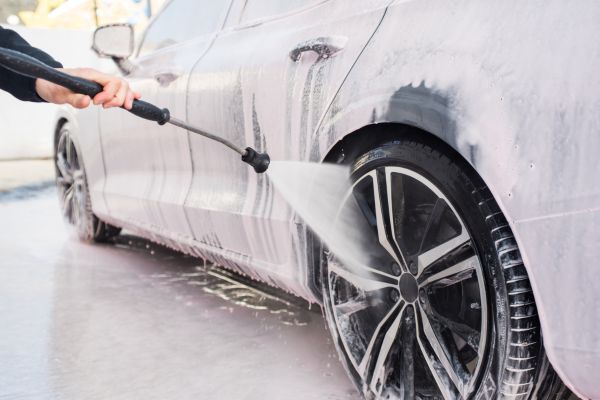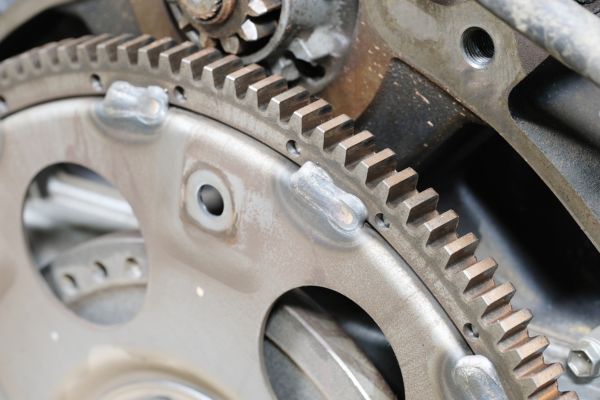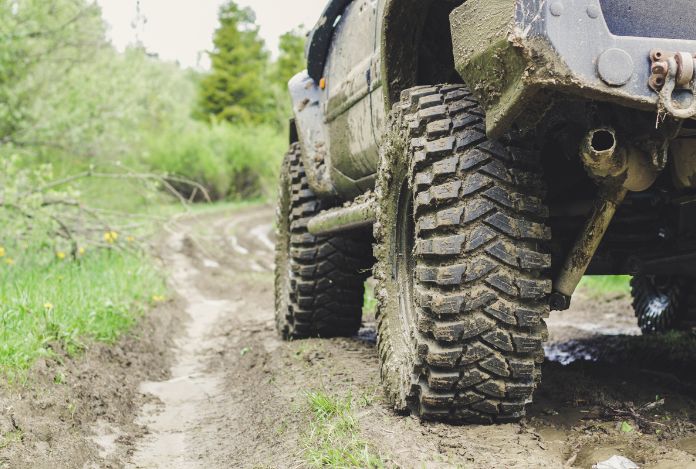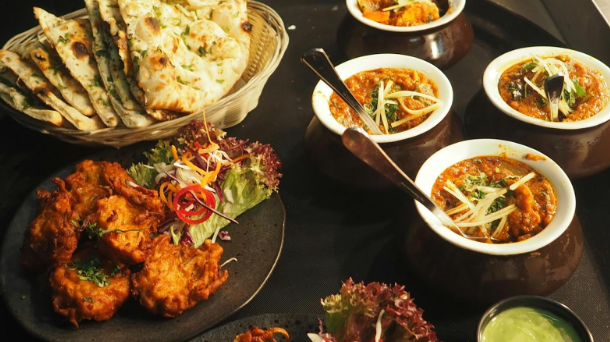When washing our vehicles, the tires often take a back seat to the more visible parts. However, proper tire cleaning is critical to overall car care and contributes to your wheels’ aesthetics, performance, and longevity.
Unfortunately, the process isn’t as straightforward as one might think. There are several common mistakes people make when washing their tires, and we provide valuable insight to help you avoid them.
Not Selecting the Right Cleaning Products
One of the most prevailing errors in tire washing is the haphazard selection of cleaning products. Using the wrong soap can harm your tires, the surrounding brake parts, and wheel materials.
It’s not uncommon to find dish soap containing harsh ingredients that can strip tire rubber and lead to premature cracking or fading. The ideal cleaning solutions are those specifically formulated for automotive use, featuring gentle cleansing agents and UV protection to maintain the rubber’s longevity.
Forgetting To Cover All Angles
Many people solely focus on tire treads and overlook the sidewalls, which often bear the brunt of grime and road contaminants. Neglected sidewalls not only downgrade your car’s aesthetic appeal but can also turn into a safety hazard. Not cleaning all angles, including sidewalls, can lead to decreased tire performance and potential overheating due to heat retention from the accumulated brake dust and road debris.
Overlooking the Wheel Wells
A lesser-known area many people overlook is the wheel well. These encased spaces can harbor dirt and moisture, creating an environment ripe for rust and corrosion of your metal wheel components. This vital region requires regular cleaning to maintain the integrity of your wheel wells and ensure a thorough overall car cleaning.
Not Using the Right Tools
Another common mistake people make when washing their tires is choosing the wrong tools. Abrasive materials such as steel wool, hard-bristle brushes, and harsh chemical cleaners might seem effective initially, but they quickly turn beneficial cleaning into destructive scrubbing.
These can scratch your wheels, damage painted surfaces, and even wear down the rubber, making tires more susceptible to sidewall damage and tread wear. When choosing your cleaning tools, safety comes first—always opt for softer brushes or microfiber cloths to guard your vehicle against unintended harm.
The Impact of a Flawless Cleaning
Proper tire washing is an investment in your vehicle’s appearance and health. A well-designed cleaning regimen for your tires and wheels can significantly extend their life, improve your car’s aesthetic quality, and enhance your driving safety. Clean tires look sharp and function as they should, providing better traction and handling.
By avoiding these common pitfalls and adopting a mindful approach to tire washing, you’re preserving the beauty of your vehicle and securing its structural robustness. It’s a small yet significant step toward automotive maintenance, ensuring that your car shines on the outside and performs optimally under the hood. Don’t overlook the signs your vehicle needs some TLC, including proper and effective tire and wheel cleaning practices.














